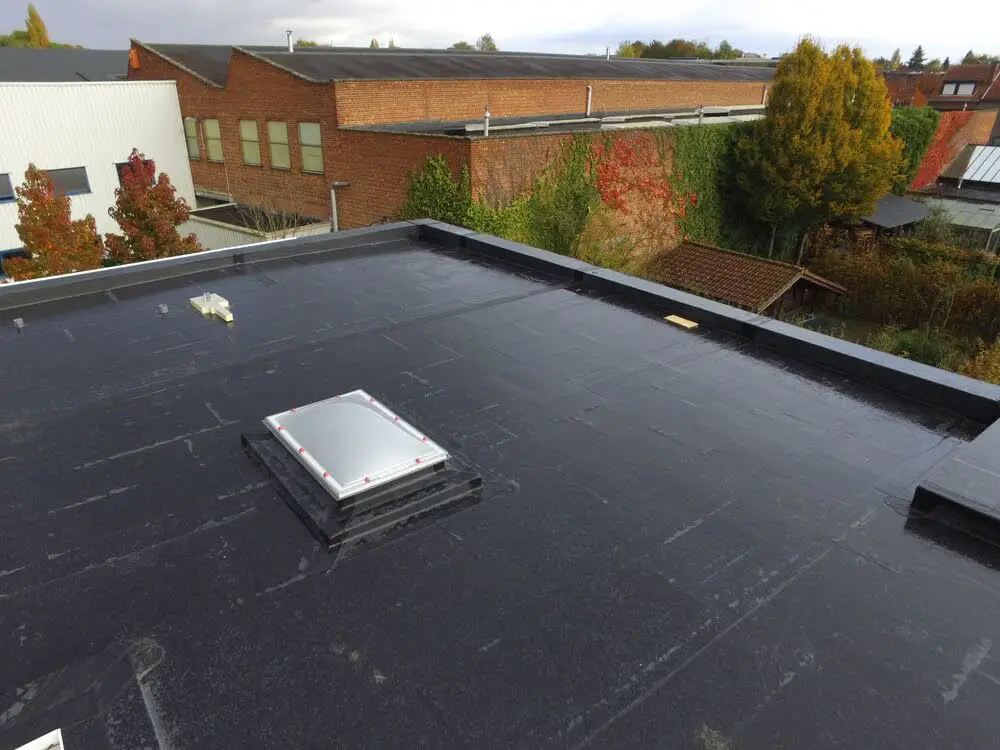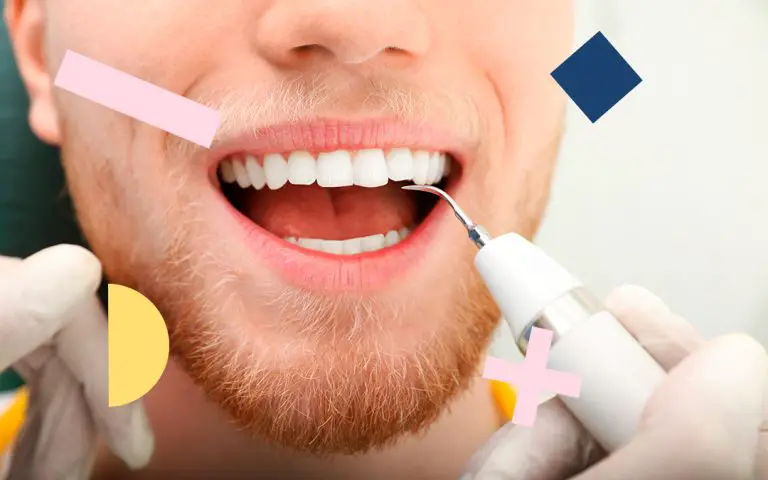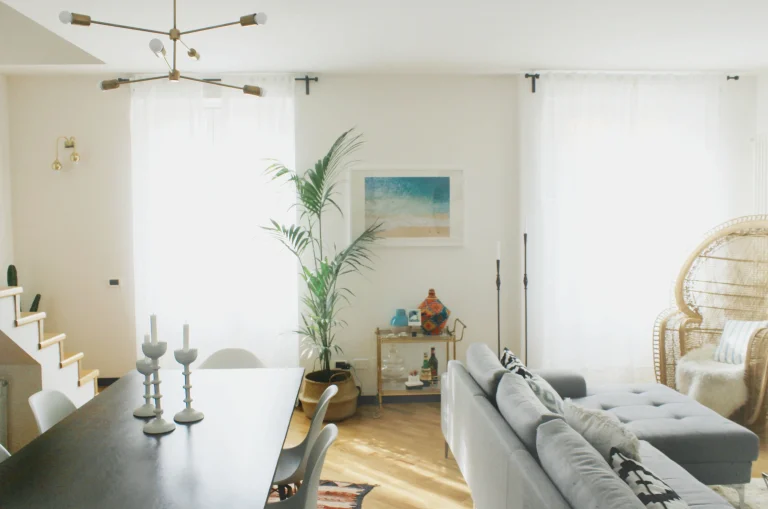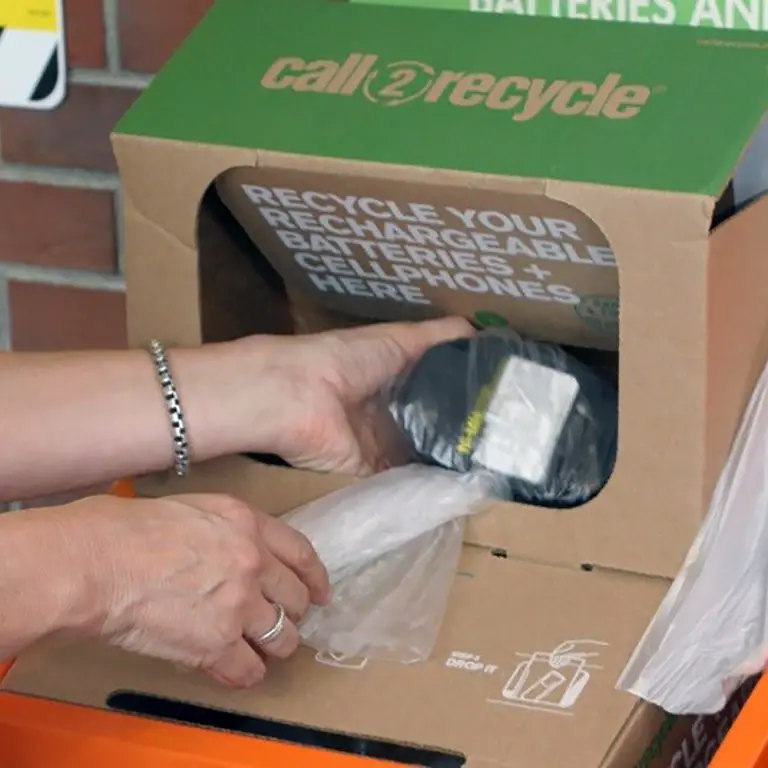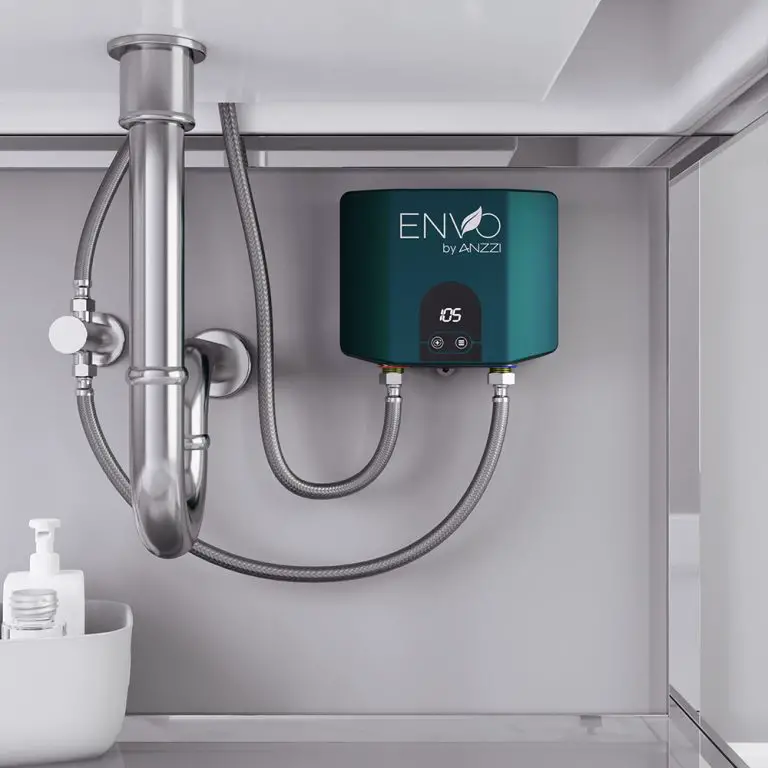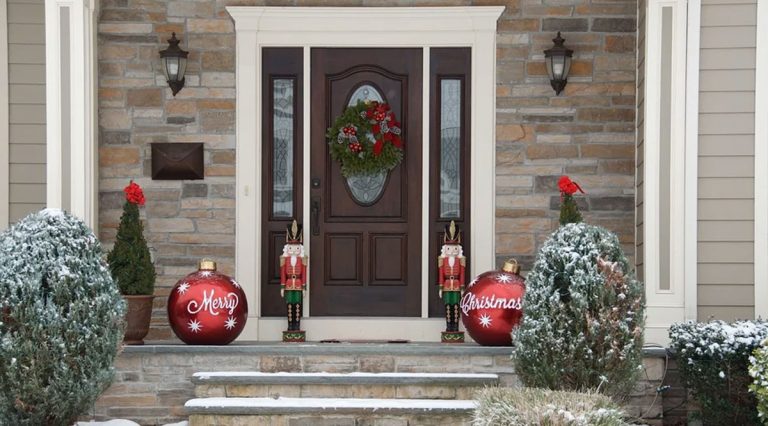What You Need To Know About EPDM Roofing
EPDM (Ethylene Propylene Diene Monomer) roofing is a single-ply synthetic rubber roofing membrane that has been used in commercial and industrial applications since the 1960s. It has become increasingly popular in the last decade due to its durability and cost-effectiveness. EPDM roofs are typically installed using either a mechanical fastening system or a chemical adhesive. They are also available in a variety of colors and thicknesses to fit any budget. EPDM roofs are highly resistant to UV radiation, ozone, and extreme temperatures, making them ideal for a variety of climates. Additionally, EPDM roofs require minimal maintenance and repair, making them a cost-effective choice for any building. When properly installed, EPDM roofs can last up to 50 years, saving you both time and money in the long run.
Overview of EPDM Roofing
EPDM roofing is a modern and versatile roofing material that is becoming increasingly popular for a variety of construction projects. EPDM stands for ethylene propylene diene monomer and is a synthetic rubber membrane that has been used in roofing since the 1960s. It is now gaining attention as a superior roofing material due to its flexibility, durability, affordability, and ease of installation compared to traditional roofing materials such as asphalt shingles.
EPDM roofing is created from a combination of ethylene and propylene, which are both derived from petroleum. It is then combined with a small amount of a third monomer, diene, which makes it a resilient elastomeric material. This combination of materials creates a strong, yet flexible roofing membrane that can withstand extreme temperatures, UV exposure, and other environmental elements, making it ideal for both residential and commercial applications.
The durability of EPDM roofing is one of its most attractive features, making it an ideal option for long-term use. The material is highly resistant to cracking, tearing, and other forms of wear and tear, making it a great option for those who want a reliable roof that will last for years. It is also resistant to chemical and biological damage, making it an ideal choice for those who need a roof that can withstand harsh weather conditions.
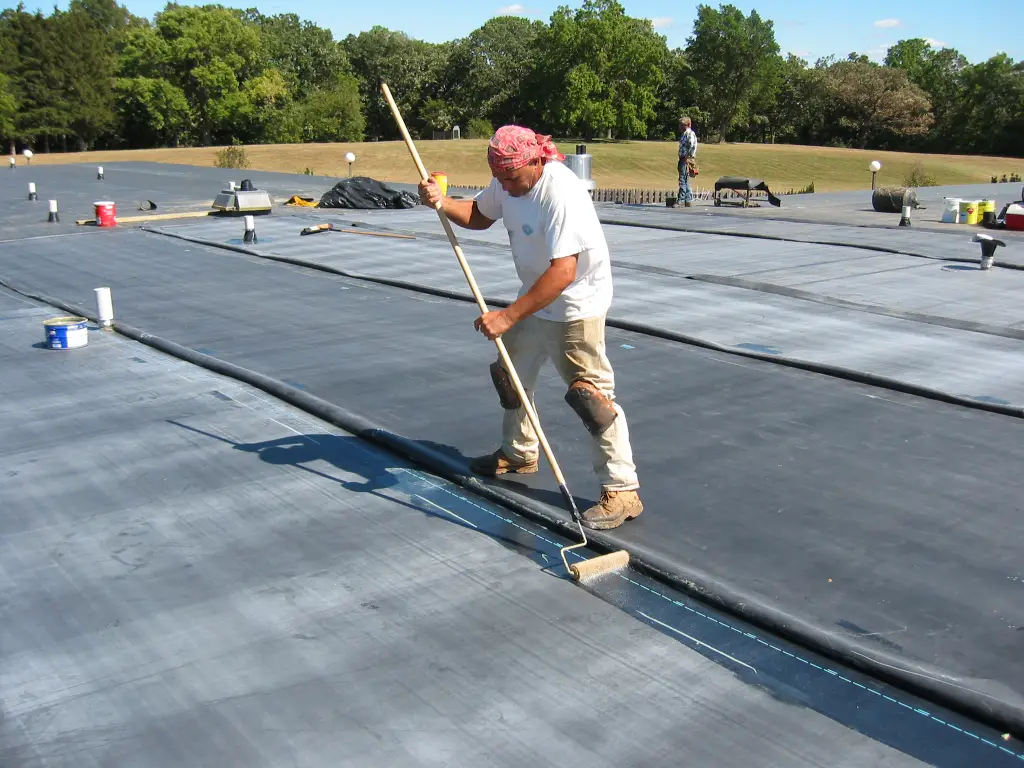
Credit: www.epdmroofs.org
Benefits of EPDM Roofing
EPDM roofing is an ideal roofing solution for many commercial buildings, as it provides a number of benefits compared to other roofing materials. Here are some of the key benefits of EPDM roofing:
- Durability: EPDM roofing is highly resistant to inclement weather, including strong winds, heavy rain, and snow. It also has excellent UV resistance, which allows it to last longer than other types of roofing materials.
- Cost Efficient: EPDM roofing is a cost-effective solution, as it is typically less expensive than other popular roofing materials. Additionally, it requires less maintenance over time, which can help to further reduce costs.
- Flexibility: EPDM roofing is extremely flexible, which makes it easier to install and repair, as it conforms to the shape of the roof. This flexibility also allows it to withstand minor vibrations and movements of the building.
- Versatility: EPDM roofing can be used on a variety of roof types, including flat, low-slope, and even metal roofs. Additionally, it comes in a variety of colors, so you can choose the one that best suits your building’s aesthetic.
Overall, EPDM roofing is an excellent choice for many commercial buildings due to its durability, cost efficiency, flexibility, versatility, and environmental friendliness. If you’re looking for a reliable, long-lasting roofing solution, EPDM roofing is an excellent option.
Installation Process of EPDM Roofing
When it comes to installing an EPDM (Ethylene Propylene Diene Monomer) roofing system, the process is fairly straightforward and can usually be completed in a matter of days. Nevertheless, it is important to understand the basic steps involved in order to ensure a successful installation. Here is a step-by-step guide to the installation process of an EPDM roofing system:
1. Preparation – Before actually installing the EPDM roofing system, it is important to properly prepare the area. This includes removing any existing roofing material, cleaning the area, and making sure there is no debris or other items that could prevent the roofing system from properly adhering to the surface.
2. Measurement – Next, the roof must be accurately measured so that the EPDM roofing can be cut to the right size. If the roof is too small, the roofing system may not properly adhere. If it is too large, the roofing system may be more difficult to install.
3. Installation – Once the roof is properly measured and the EPDM roofing is cut to size, the roofing system can be installed. It is important to use the correct adhesive and ensure that the roofing is properly sealed. Additionally, it is important to check for any air pockets or gaps that may need to be sealed before the roofing system is fully installed.
4. Finishing Touches – Once the installation is complete, the roofing system should be inspected to ensure that it is properly sealed and attached. Additionally, a sealant may need to be applied to the edges of the roofing system to ensure that the roof is watertight.
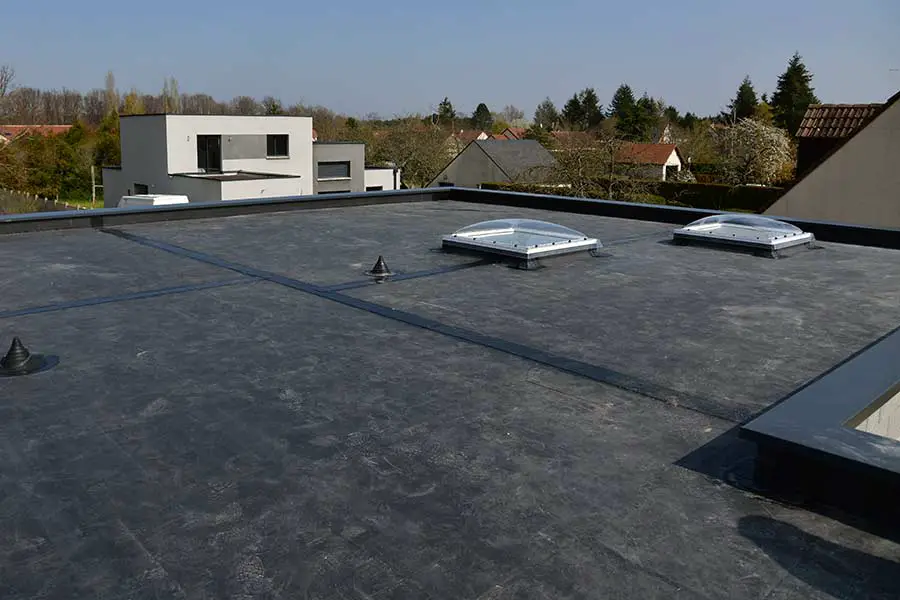
Credit: www.americanweatherstar.com
Maintenance and Care
When it comes to maintaining and caring for your blog, there are a few key things you should keep in mind. First and foremost, you should make sure that your blog is kept up-to-date with fresh, relevant content. This means not only regularly updating your blog with new posts, but also ensuring that any outdated posts are removed or updated. Additionally, you should also pay close attention to the comments section of your blog, as this is a key source of engagement and feedback from your readers. Finally, you should make sure that your blog’s design is attractive, user-friendly, and optimized for search engines. By following these simple steps, you can ensure that your blog remains a vibrant and engaging source of information for your readers.
Cost of EPDM Roofing
EPDM (Ethylene Propylene Diene Monomer) roofing is an increasingly popular choice for commercial and residential property owners due to its low cost, durability, and energy efficiency. The cost of EPDM roofing depends on the size of the roof, the scope of the project, and the quality of the materials.
Generally, EPDM roofing costs about half as much as other commercial roofing materials. The cost for a typical 10,000-square-foot EPDM roof is roughly $7 per square foot or around $70,000 total. This cost can be broken down into installation costs and material costs. Installation costs can vary depending on the complexity of the project, with average labor costs ranging from $2 to $5 per square foot. Materials costs typically range from $2.50 to $7 per square foot, depending on the quality of the material.
In addition to EPDM roofing’s low cost, it also offers superior durability and energy efficiency. EPDM roofs can last up to 30 years with minimal maintenance. They also reflect up to 90% of the sun’s rays, which can help reduce energy costs for homeowners and businesses.
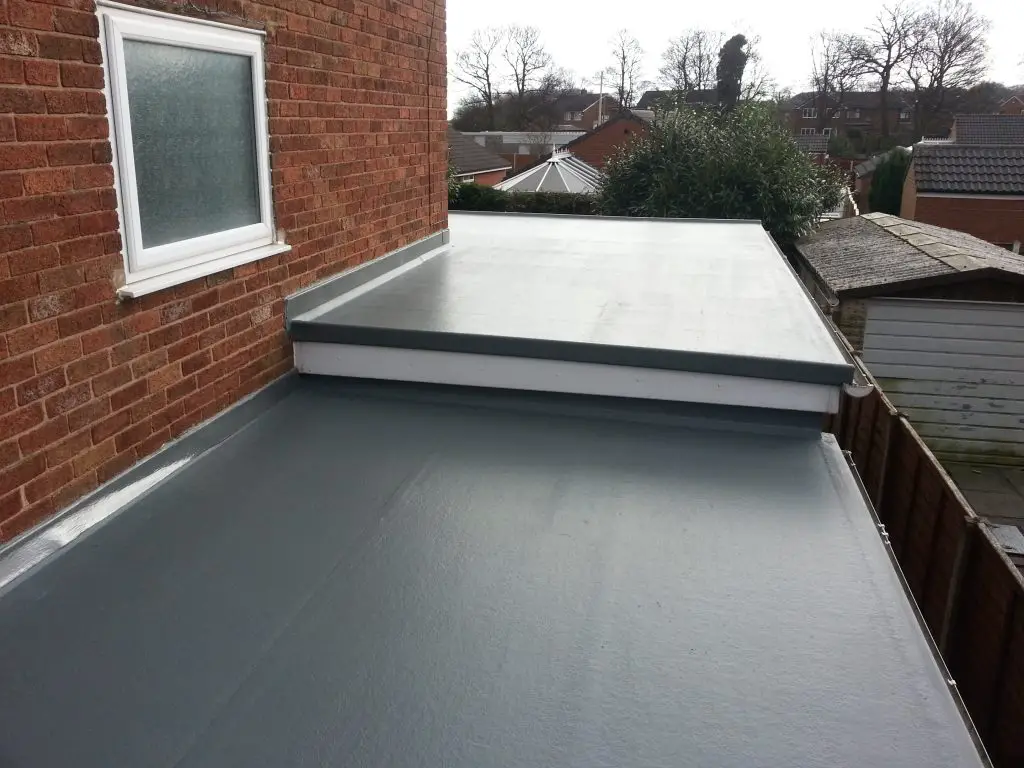
Credit: www.remodelingcosts.org
Troubleshooting Common EPDM Problems
EPDM (ethylene propylene diene monomer) is a popular roofing material due to its durability, flexibility, and long lifespan. However, like any roofing material, EPDM can experience problems over time. Here are some common EPDM roofing problems and how to troubleshoot them:
- Punctures: Punctures are one of the most common EPDM roofing problems. They can occur due to foot traffic, falling branches, or other sharp objects. To fix punctures, clean the area around the puncture with a cleaner approved for use on EPDM and let it dry completely. Then apply an EPDM repair patch or sealant, ensuring that the patch extends at least 3 inches beyond the edges of the puncture.
- Seam Separation: Over time, the seams between EPDM sheets can separate, causing leaks. To repair seam separation, clean the area around the separated seam with a cleaner approved for use on EPDM and let it dry completely. Then apply a seam primer to both sides of the separated seam and let it dry for at least 20 minutes. Once the primer is dry, apply a bead of EPDM seam sealant along the entire length of the seam and press the two sides together.
- Shrinkage: EPDM can shrink over time due to exposure to heat and UV radiation. This can cause the membrane to pull away from the edges of the roof, leaving gaps that can allow water to seep in. To fix shrinkage, you can install an EPDM repair patch or a metal termination bar along the edge of the roof to hold the membrane in place.
- Blistering: Blisters can occur when moisture gets trapped between layers of EPDM roofing. This can be caused by poor installation or inadequate ventilation. To repair blisters, cut an X-shaped slit into the blister and fold back the flaps. Allow the area to dry completely and then apply an EPDM repair patch or sealant to the exposed area.
In any case, if you are unsure how to troubleshoot and repair your EPDM roofing problems, it is best to contact a professional roofing contractor for assistance.
FAQs
What is EPDM Roofing?
EPDM roofing, also known as ethylene propylene diene monomer, is a synthetic rubber roofing membrane that is commonly used on flat and low-slope roofs. It has a very long lifespan and is highly resistant to extreme weather conditions such as hail, UV radiation, and extreme temperatures.
What are the benefits of EPDM Roofing?
There are many benefits to using EPDM roofing, including its durability, affordability, and flexibility. It is extremely resistant to wind, hail, and UV radiation, as well as other extreme weather conditions. It also requires minimal maintenance, is lightweight, and is easy to install.
How much does EPDM Roofing cost?
The cost of EPDM roofing depends on the size of the roof and the complexity of the installation. Generally, EPDM roofing is more affordable than other roofing materials, such as asphalt shingles.
Conclusion
EPDM roofing is a great option for any commercial or residential roofing needs. It is strong, durable, and low maintenance, which makes it a great choice for a long-term roofing solution. It is also energy efficient and can help to reduce energy costs. EPDM roofing is also environmentally friendly and can be recycled for future use. With all of these great benefits, EPDM roofing is a great choice for any roofing project.

